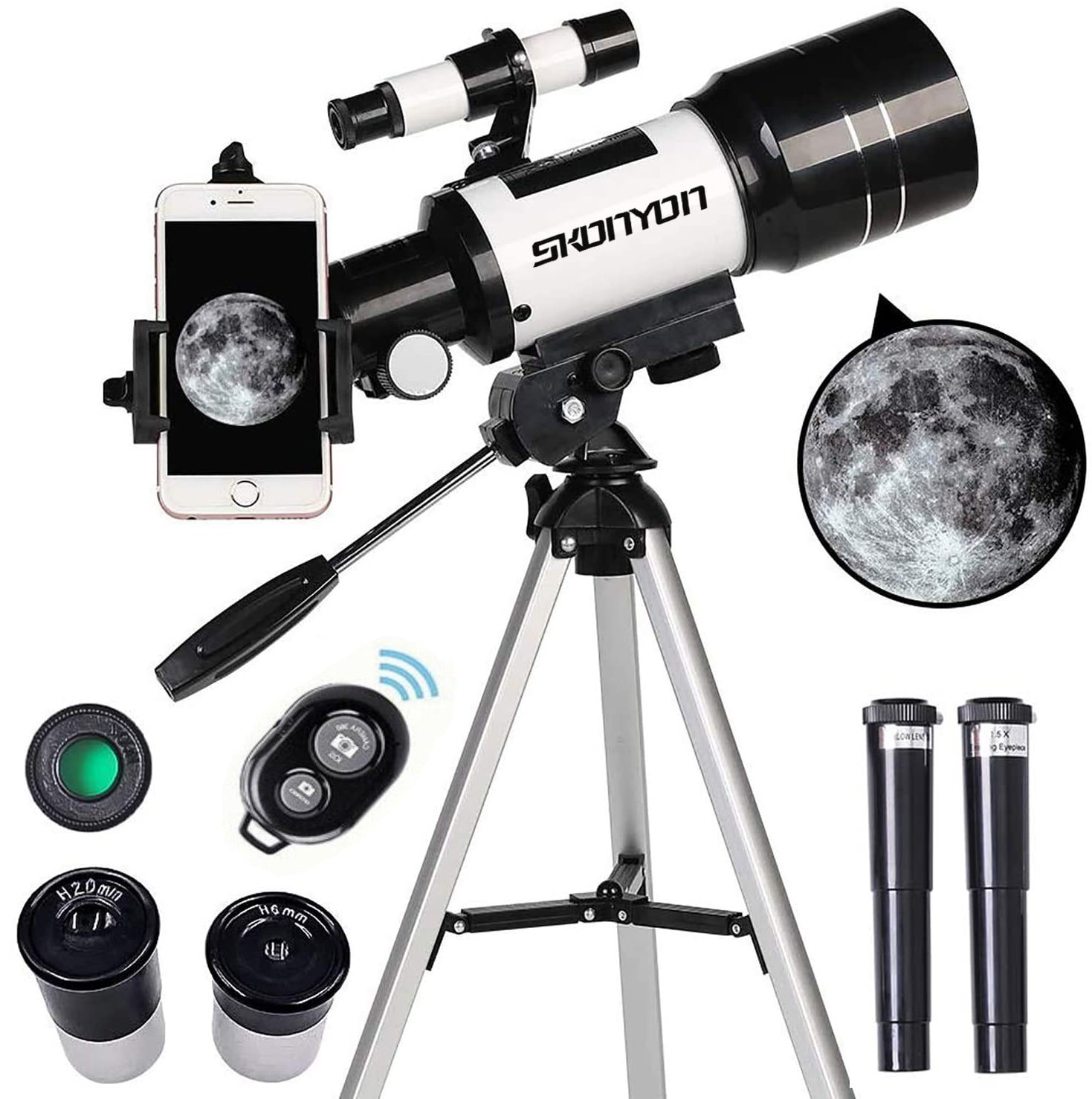

#BEST TELESCOPE FOR ASTROPHOTOGRAPHY UNDER $500 MANUAL#
This process can be tricky for beginners, but with practice, it's easily achieved – especially given Celestron has supplied a manual that walks you through the process. However, in order to get the very best from the optical system – which is a Newtonian reflector – you'll need to collimate the setup. Meanwhile, its decent aperture will show a good amount of detail on the solar system and deep-sky targets. The equatorial mount assists with tracking, which is essential for longer exposure astrophotography. If you're after the best telescope for astrophotography and serious stargazing, we recommend the Celestron AstroMaster 130EQ, which offers a great package for the slightly more experienced amateur astronomer – especially given that it comes with a CG-3 equatorial mount, which requires more practice and patience to use over the basic alt-azimuth. Meanwhile, the kind of mount you use will determine whether long-exposure astrophotography is possible. The focal ratio is also an essential number to consider – fast telescopes with ratios of f/4 or f/5 are great for wide-field and deep-sky imaging, while slow instruments with ratios of f/11 to f/15 will offer dazzling high-power images of the Moon and planets. The aperture (or objective lens) of the telescope will be your guide on whether it's capable of capturing 'faint fuzzies' or just enough to make the planets and lunar surface pop.

If your needs are slightly more advanced, you should consider whether you're a deep-sky or Solar System imager. These instruments often come with a tripod, mount, eyepieces, finderscope, and, often, a smartphone adapter.

If you're a beginner, we recommend setting your sights on an inclusive package that lets you try a bit of everything, from general observing to afocal astrophotography. So which model should you buy? Well, that depends a lot on your level of experience.


 0 kommentar(er)
0 kommentar(er)
